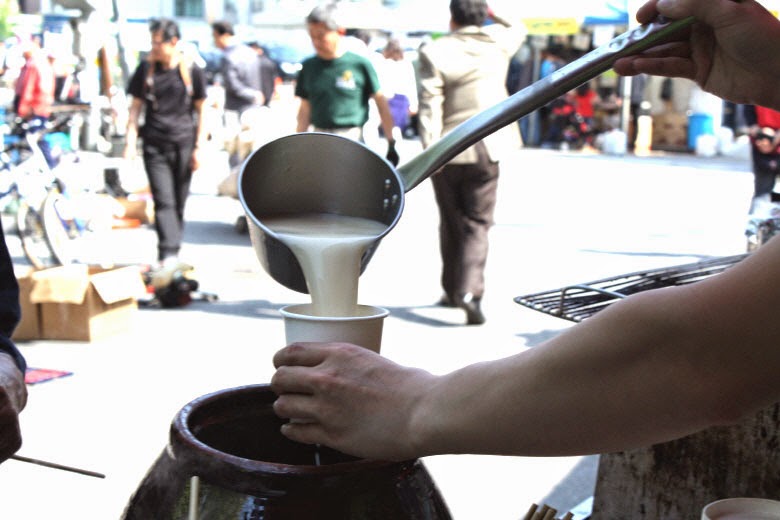Taste kimchi, the worldwide wellbeing food
In Korea, Kimchi is served with every meal at home. You will see Kimchi there if you go for eat at Chinese restaurants or Japanese restaurants.
This Kimchi Museum introduces you the history of Kimchi, varieties of Kimchi and how to make. You can have an interesting time here.

Have you ever tasted kimchi?
Kimchi is associated with traditional Korean food. Freshly sliced from the jar and taken with boiled rice, it is the best dish to the Korean people, who do not require any other side dishes. Hence, kimchi is a must food for them.

In the past, foreigners were reluctant to eat kimchi due to its smell, but these days they also enjoy kimchi, since its excellence as a wellbeing food is widely known.
If you are still hesitant to try it due to its spicy taste, you can start with mild types of kimchi like white radish kimchi or white cabbage kimchi without red pepper, and also experience the various tastes of kimchi.

As a fermented dish, kimchi has been around for long time along with Korea's history, The history of kimchi goes back three thousand years ago to the earliest history of Korea. Historically, kimchi had been called "dimchae," which means to ‘pickle vegetable in salt,' and the pronunciation evolved to the present kimchi.
If you are taken up with the taste of kimchi, you are recommended to visit 'Pulmuone Kimchi Museum' to learn all about kimchi at a glance, from its history to its varieties and recipes.
‘Pulmuone Kimchi Museum’ is located on the second basement level Seoul Coex, and on the ground level, there are Coex, Seven Luck Casino Seoul Gangnam, Grand InterContinental Hotel and Coex InterContinental Hotel. After looking around the underground shopping mall, take some time to see the museum.



Important points to see at the Museum
At the entrance, there stand traditional woodcarving milestone and pole that are symbols of Korea’s agricultural society. They were erected to prevent evils or misfortune from the village and also to pray for a good harvest by putting rice seed into pole. Going inside, you can see jars, which are traditional Korean vessels to preserve kimchi, red pepper paste or soybean paste intact for a long time.
At the far inside of the museum, there are exhibits of particular types of kimchi like the court-served kimchi and at the designated time, people can taste various kimchi offered by the ‘Kimchi Museum’. If you would like to experience the variety of kimchi taste, it is a must see.
Also it will give you a good memory, if you take a picture with a manikin girl in Korean dress serving sliced white-radish kimchi to the visitors. You may wait here a bit longer than normal, as it is a popular place for taking pictures.
Various kinds of kimchi
① Baechu(Cabbage) kimchi
Representing kimchi in itself, it is made by putting mixture of seasonings to brined cabbage.
② Ggakdugi
As sliced white radish kimchi, it is made by putting mixture of seasonings to the cubed radish.
③ Dongchimi
As white radish kimchi, it is featured by cool brine and not being spicy at all, recommendable for people seeking mild kimchi taste
④ Baek kimchi
White cabbage kimchi seasoned without red pepper and not spicy. It is for people seeking the mild kimchi taste.
Guide to Pulmuone Kimchi Museum
1. Opening hours
Tuesday ~ Sunday : 10 a.m. – 6 p.m. (latest admission by 5:30 p.m.)
2. Closing days
Every Monday, New Year’s day(January 1), Lunar New Year holidays(three days), Chuseok holidays(three days), Christmas
3. Time required for viewing
Total view time : 20 ~ 30 minutes
※ You can take pictures in the museum.
4. Admission fee
Adult : 3,000 won / Elementary, middle and high school pupils : 2,000 won / Kids : 1,000 won





























